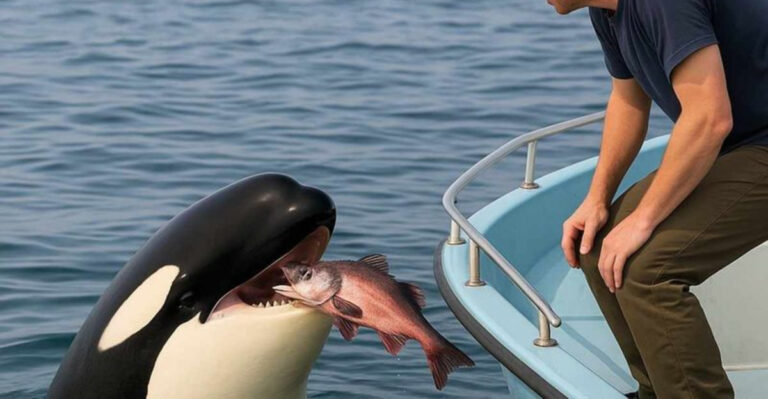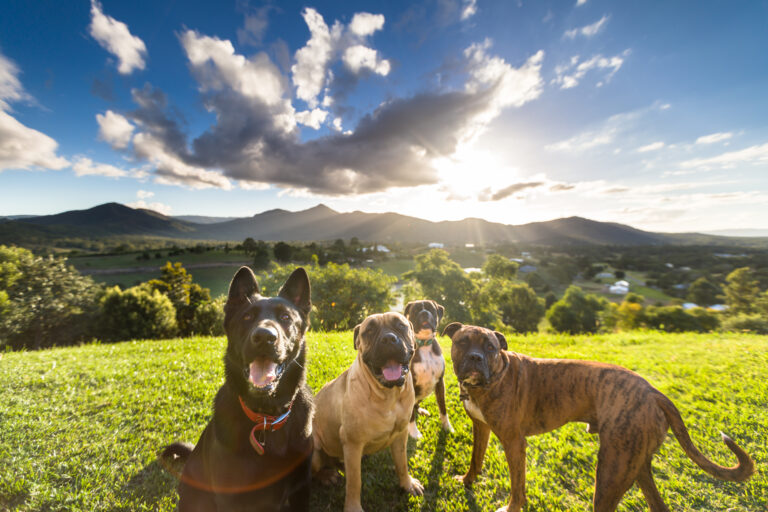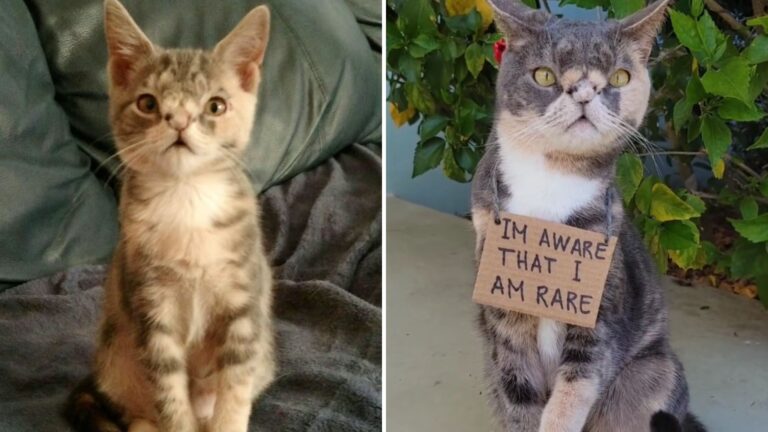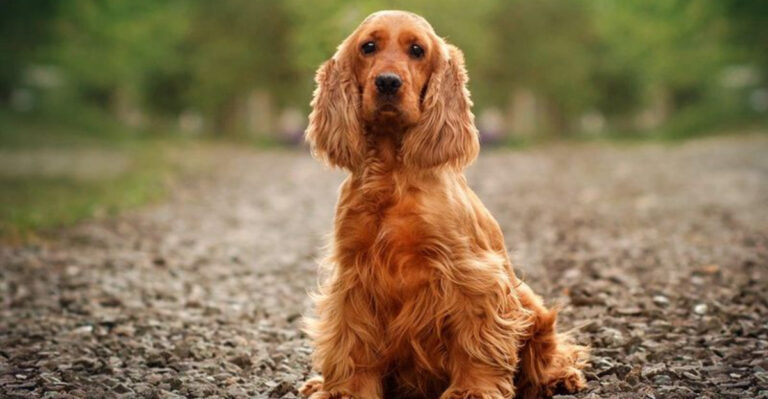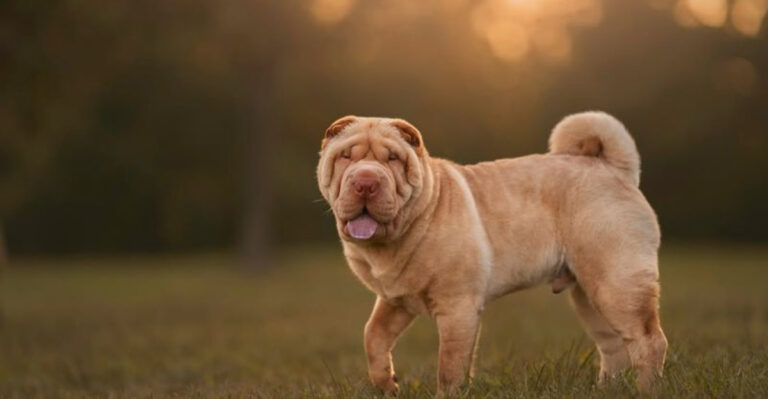13 Fascinating Animals That Can See Clearly In The Dark
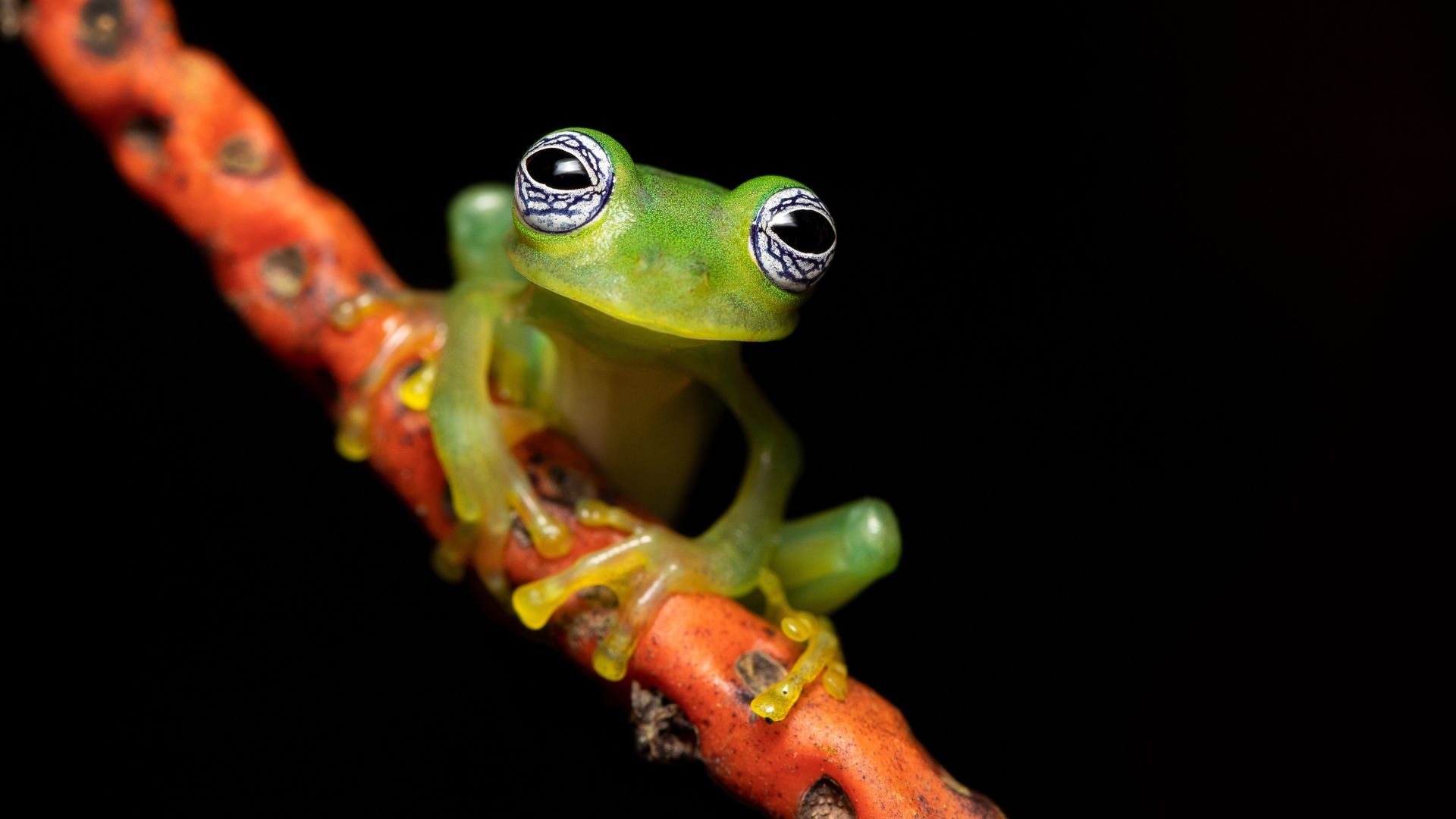
Have you ever wondered what it’s like to see in total darkness? While we struggle to find flashlights, some animals possess remarkable abilities to navigate and hunt in the dark.
From echolocation to unique adaptations in their eyes, these 13 fascinating creatures can see clearly without any light. Explore how they use their extraordinary vision to thrive in the night.
1. Cats
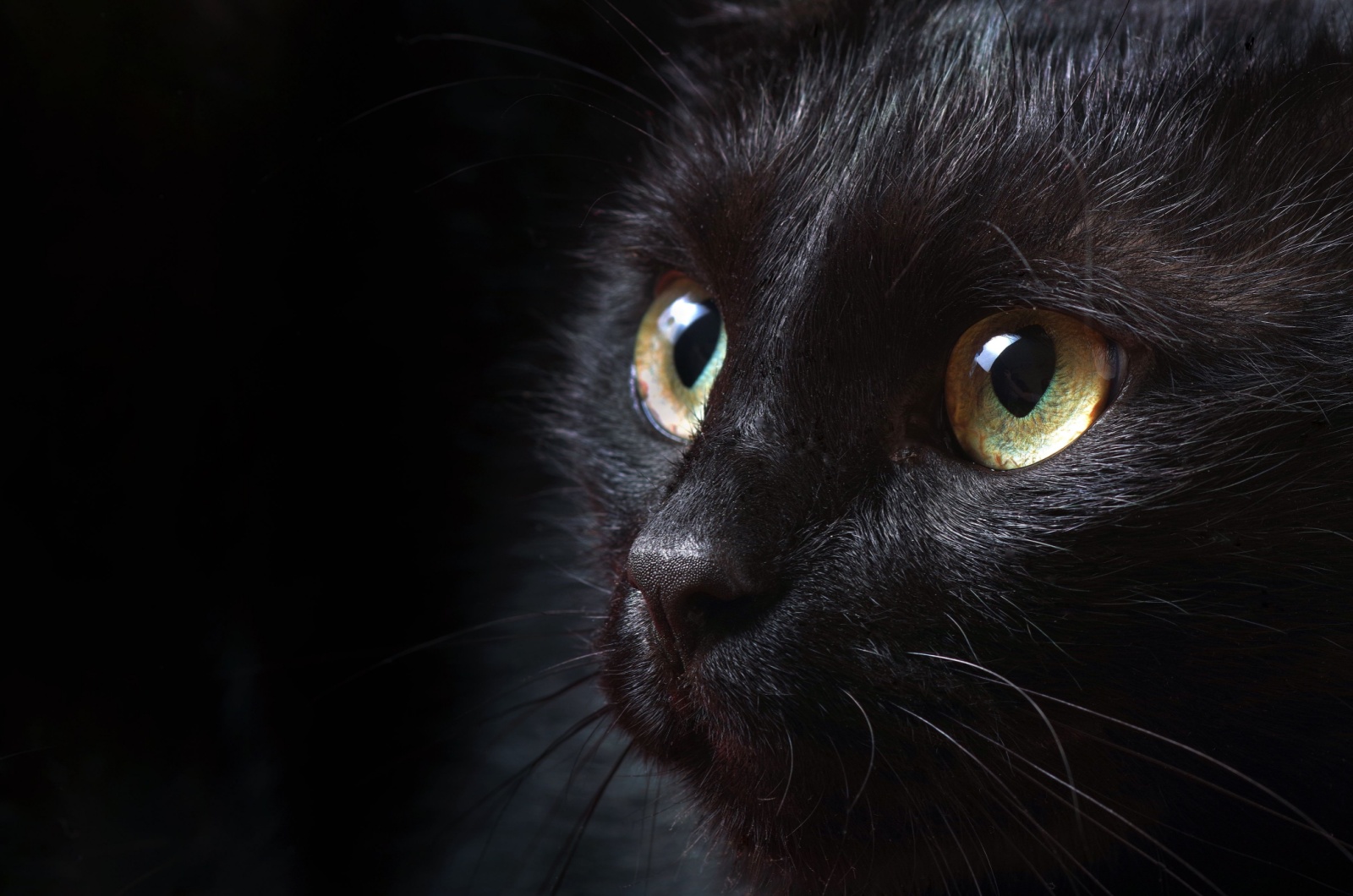
If you’ve ever seen a cat’s eyes glow in the dark, you’ve witnessed their secret weapon for night vision. Cats have a layer in their eyes that acts like a mirror, bouncing light around to enhance their ability to see in low light.
This means they don’t just see in the dark, they see it in style. Whether it’s a house cat sneaking up on a toy, or a lion hunting on the savanna, cats are built to own the night.
2. Owls
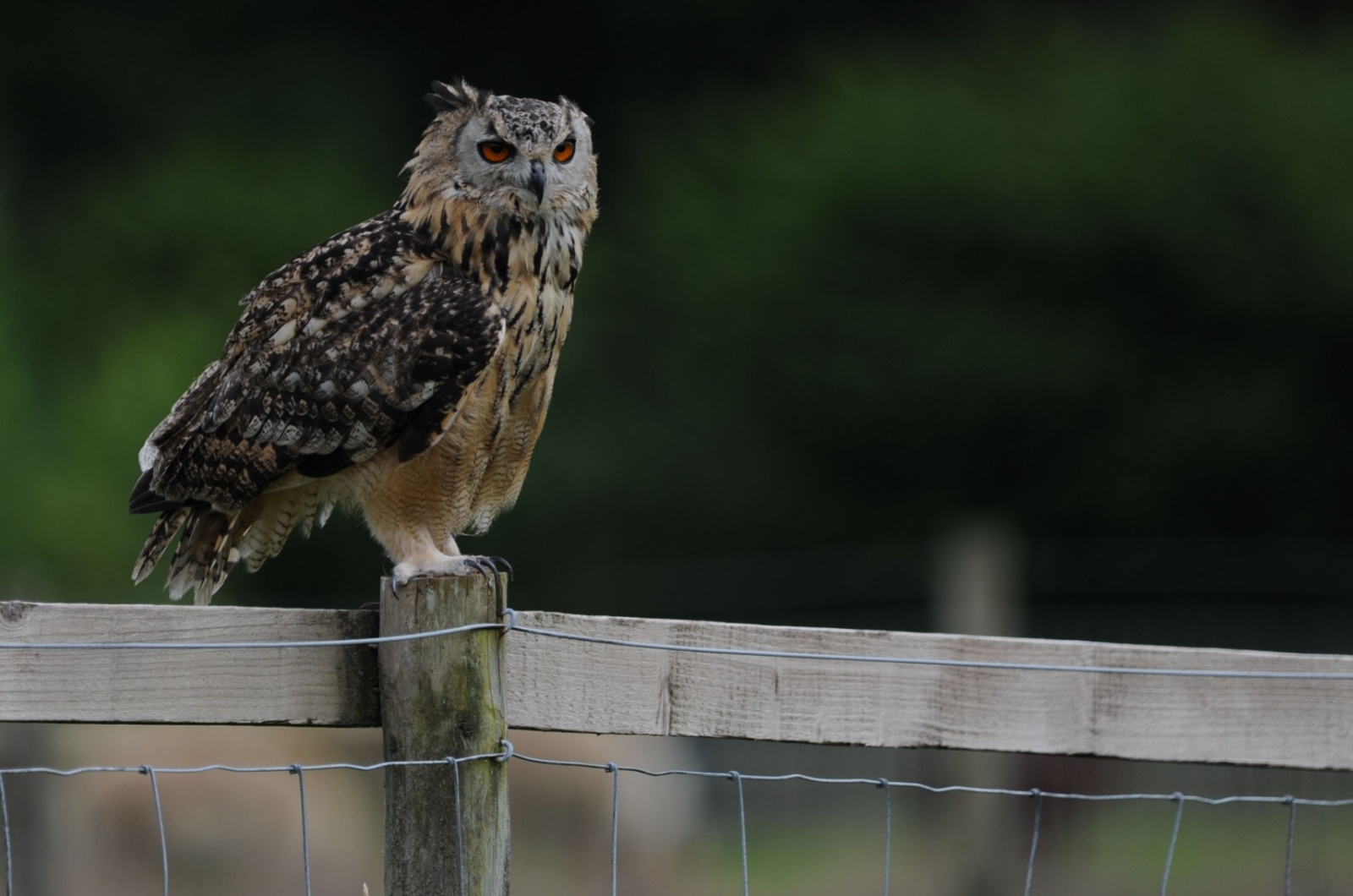
Owls are like the silent ninjas of the animal world, gliding through the dark with eyes that are nothing short of night-vision goggles. Their eyes are packed with rod cells, which are incredibly sensitive to light.
Their big unblinking eyes aren’t just for show, they help owls see every tiny movement below them. Pretty cool, am I right?
3. Raccoons
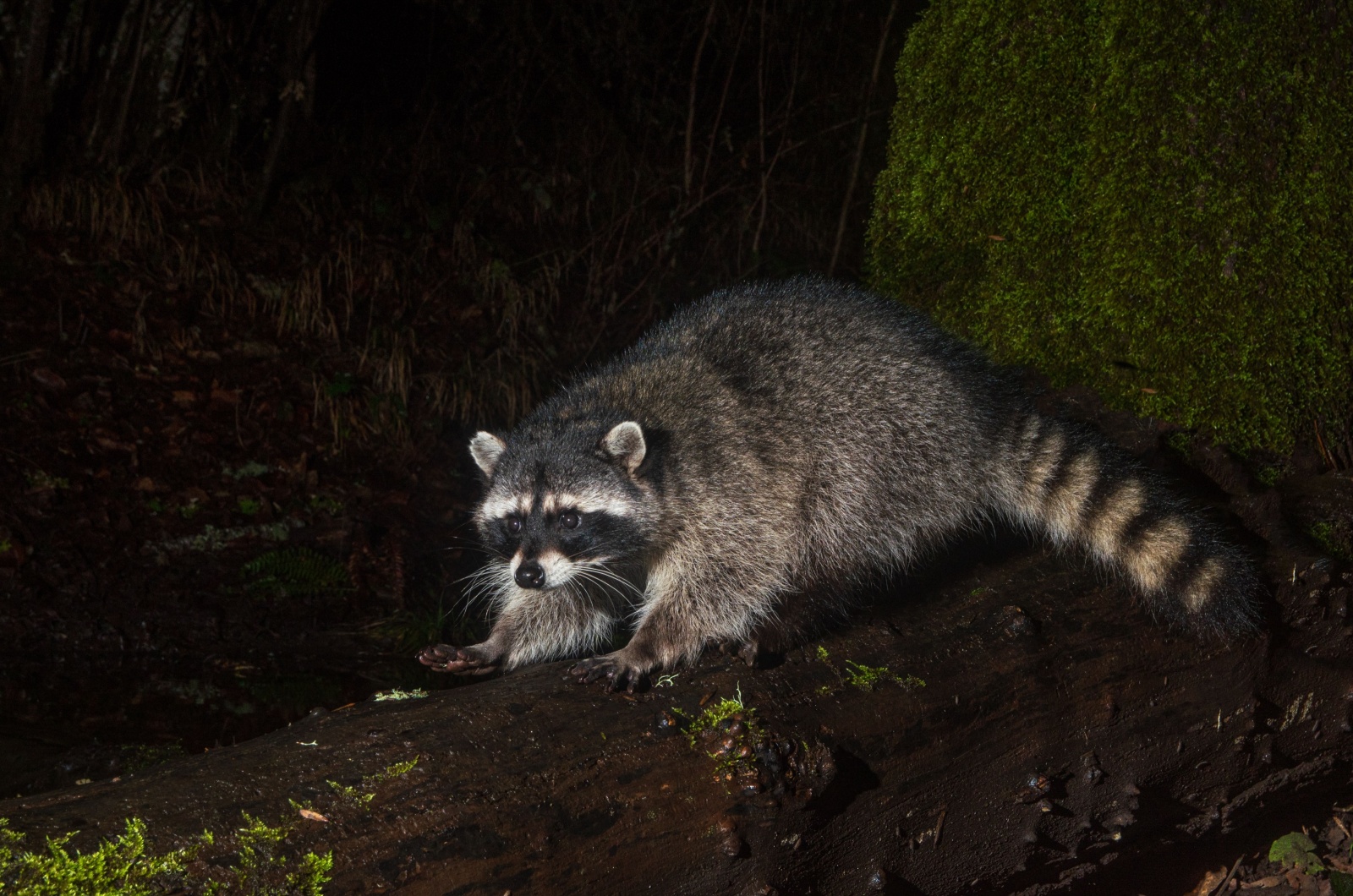
Known as the party animals of the night, Raccoons rummage through garbage bins with eyes that are perfect for their after-dark escapades.
Their night vision is sharp, thanks to a reflective layer in their eyes, just like cats. Add that to their clever little hands, and they’re practically the burglars of the animal world.
4. Fruit Bats
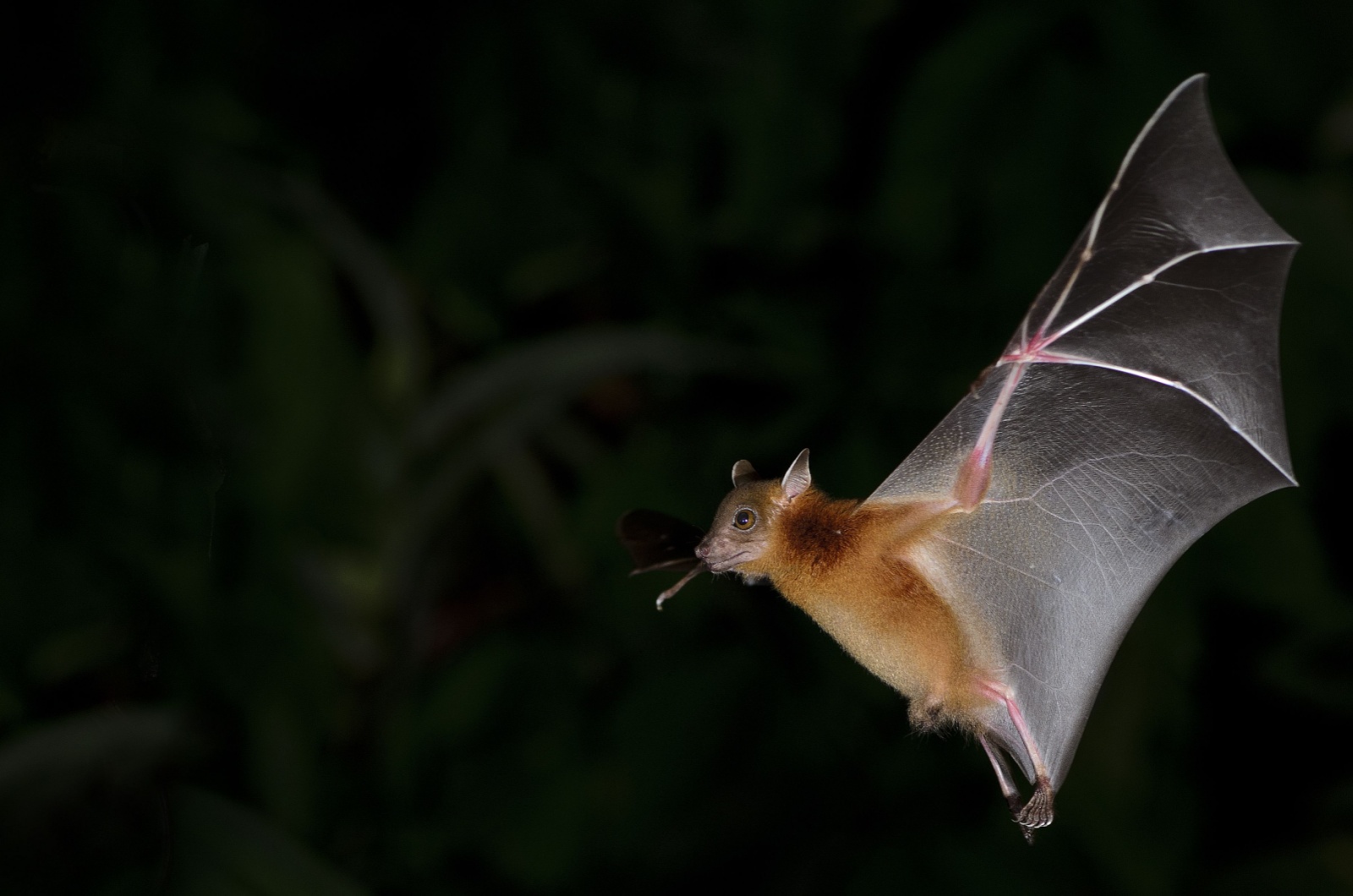
Bats might be famous for their echolocation, but their eyesight isn’t too shabby either. Many bats have decent vision and can see in low light, especially fruit bats.
Their large eyes allow them to navigate the shadows while searching for food. It’s comforting to know that bats don’t just rely on their sonar skills, they’ve got backup vision in case they want to take a good look at that juicy fruit.
5. Fireflies
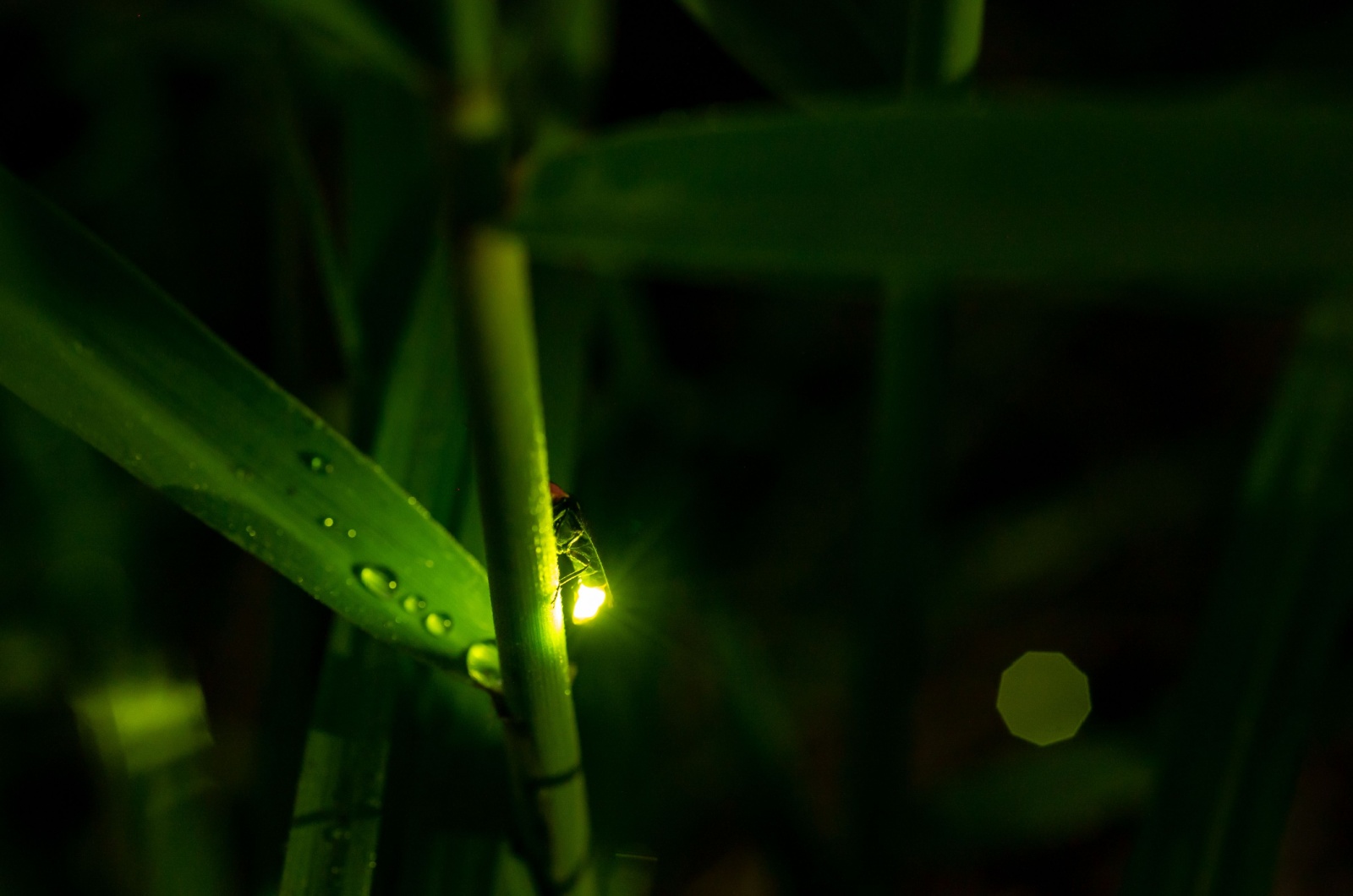
These adorable insects light up the night with their glowing bodies, but their eyes are also suited for seeing in the dark. Fireflies use their vision to find a mating partner!
It’s like their own little nightclub out there, with flashing lights and dance moves (if you count hovering as dancing). Their ability to see each other’s glow makes their love life one of the most unique in the animal kingdom.
6. Moths
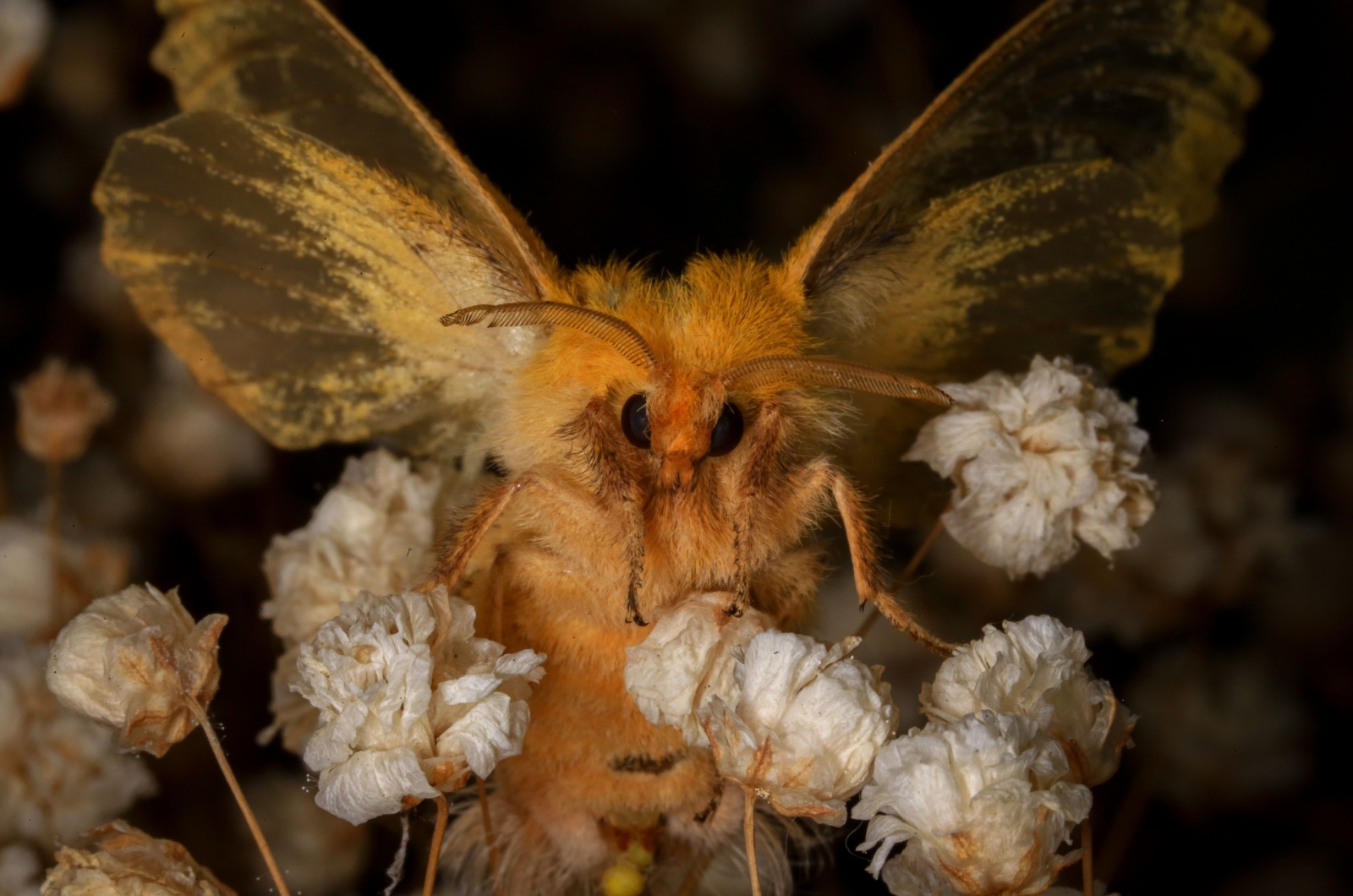
Moths are like the night’s most persistent party crashers, endlessly drawn to lights. Their compound eyes are highly sensitive to low light, which helps them navigate the night sky with ease.
While we’ll never fully understand their obsession with porch lights, we can admire their determination to survive in darkness.
7. Sharks
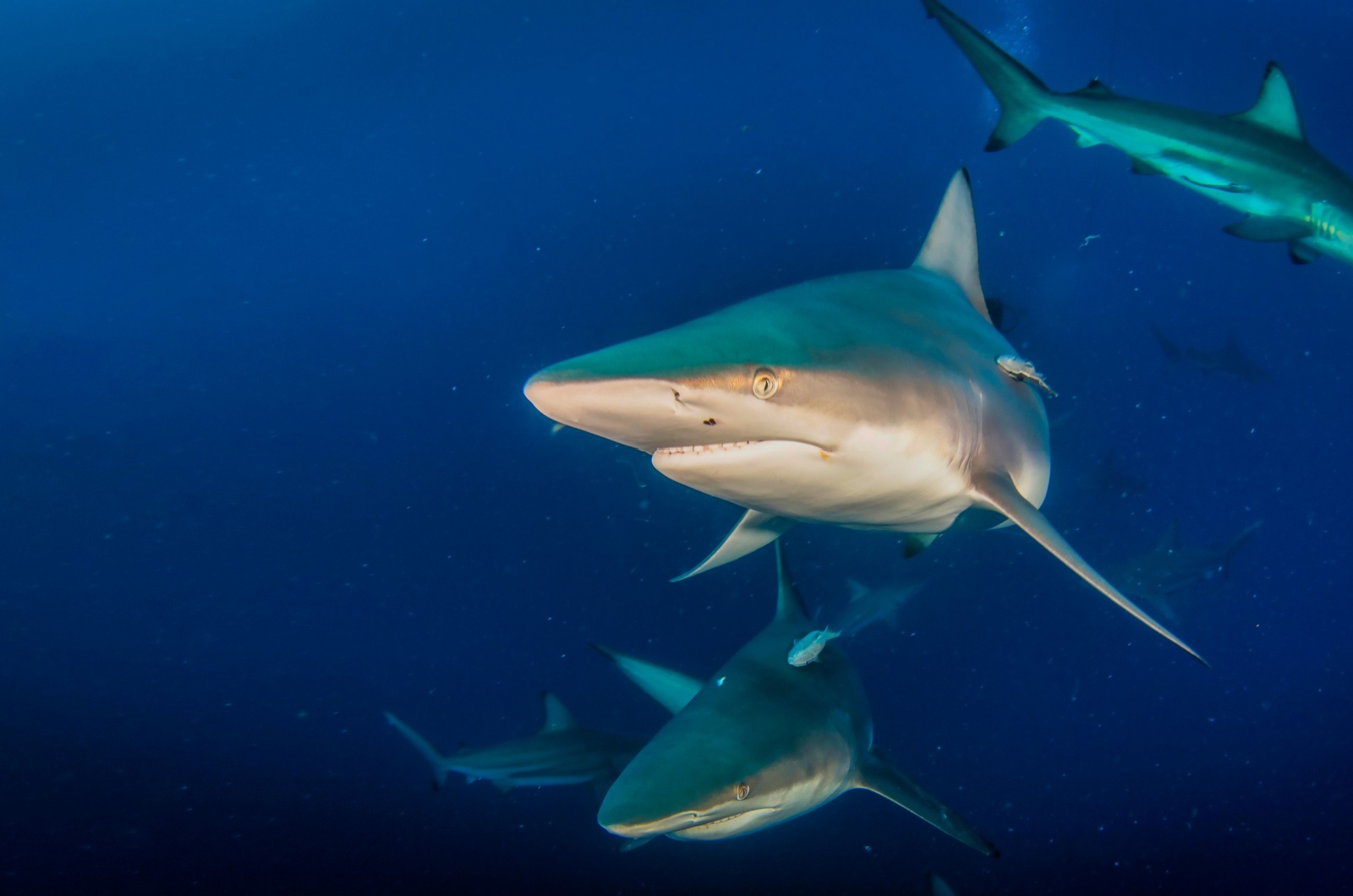
The apex predator of the deep, the Shark adapted its vision to see even in the darkest waters. Thanks to a reflective layer in their eyes, they can detect even the faintest glimmers of light.
Sharks use this skill to find prey and glide silently through their underwater domain. Imagine having night vision in a world where sunlight barely reaches!
8. Sweat Bees
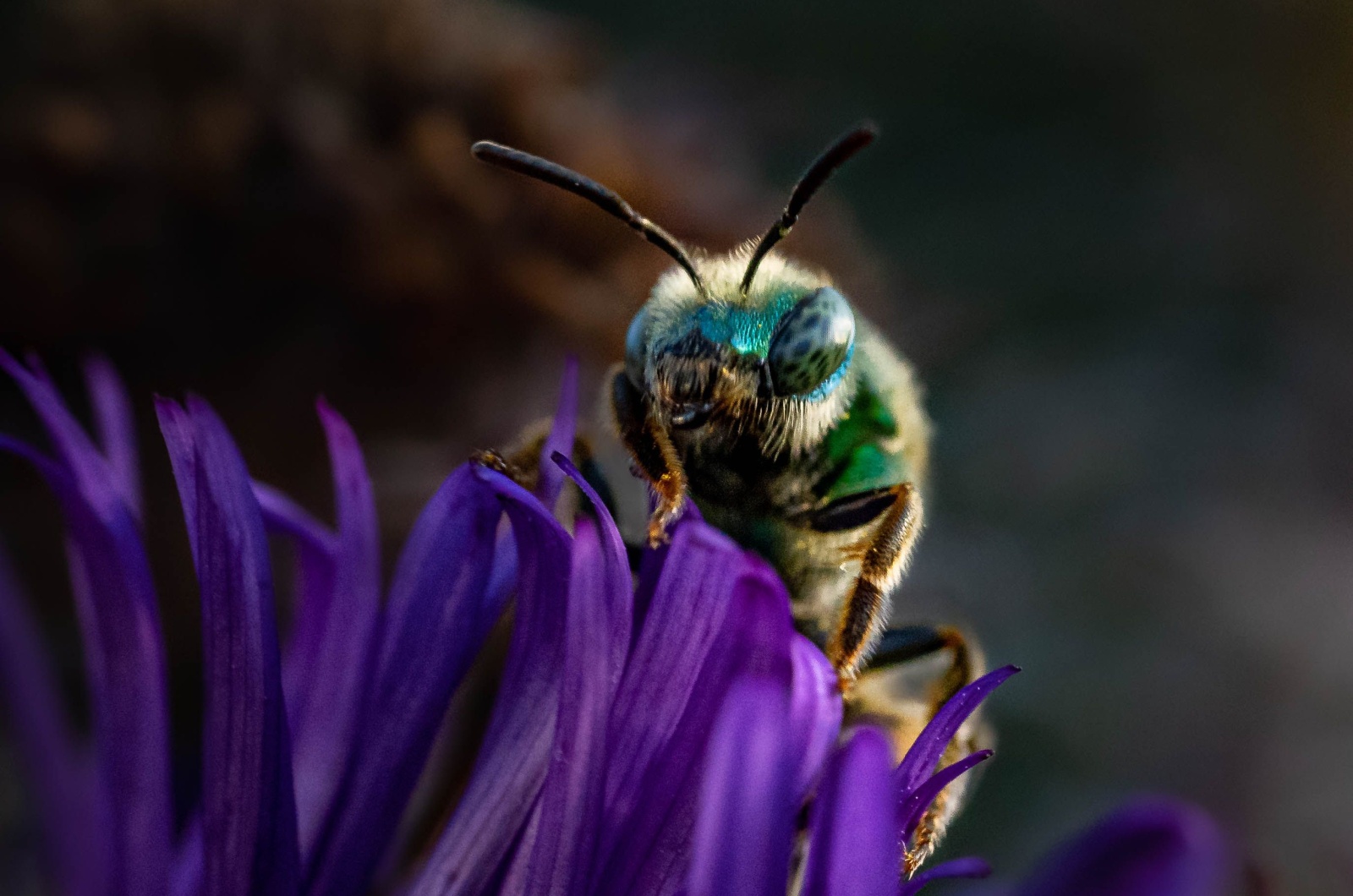
When we think of bees, we picture sunny fields and flowers, but some bees are also equipped to see at night. Sweat bees have eyes that adjust to low light, allowing them to forage in the dark.
Their ability to work after sundown shows just how hardworking these tiny creatures are. Night bees might not get the same spotlight as their daytime cousins, but they’re just as impressive.
9. Frogs
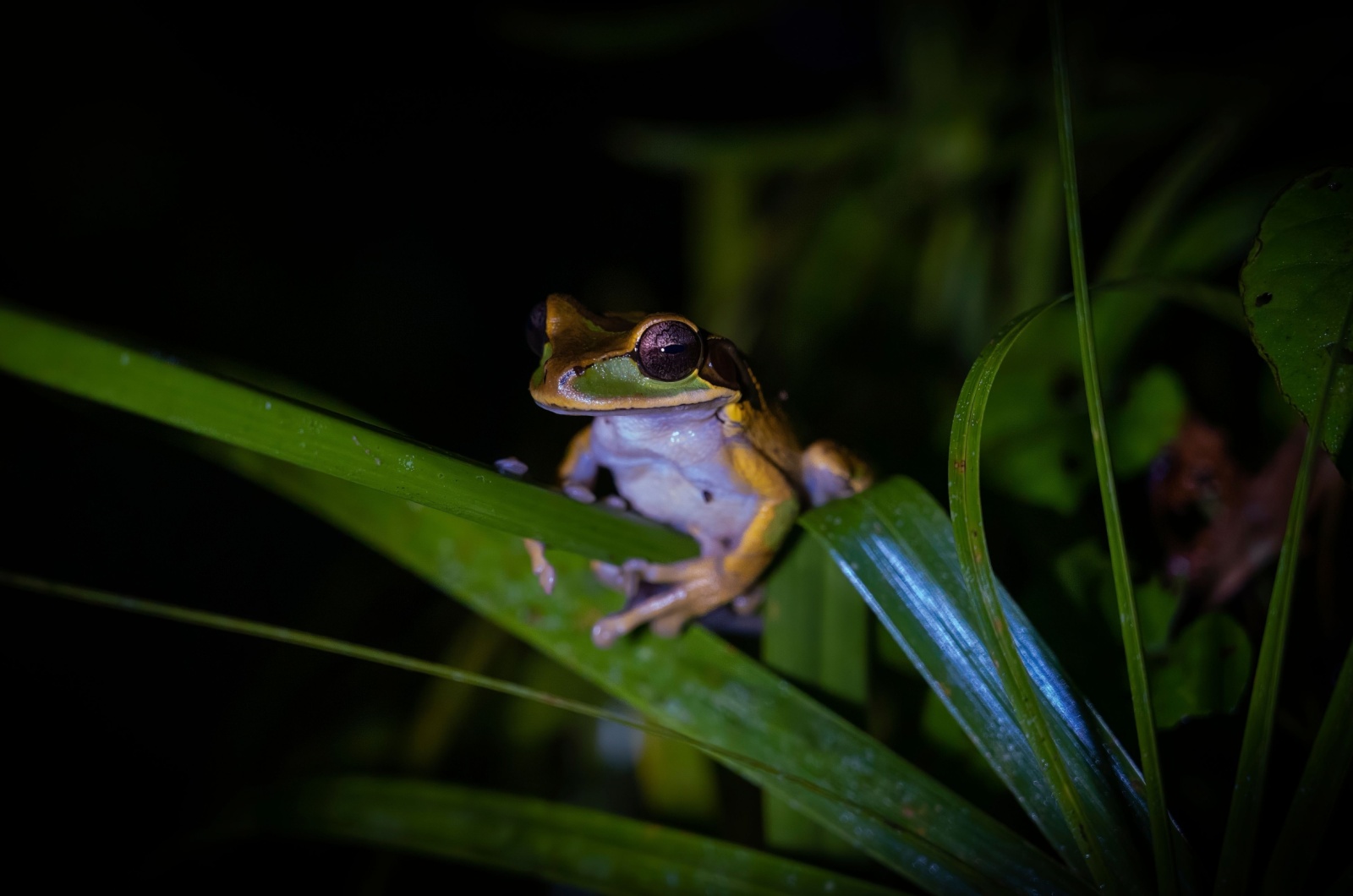
Frogs may look like they’re just sitting there blinking slowly, but their eyes are doing all the work when the sun goes down. Their vision adjusts to dim conditions, helping them hunt insects or avoid predators in the dark.
If you’ve ever been near a pond at night, you’ve probably heard their chorus of croaks. They’re not just singing, they’re scouting for dinner. Frogs are proof that you don’t need much to rule the swamp at night.
10. Foxes
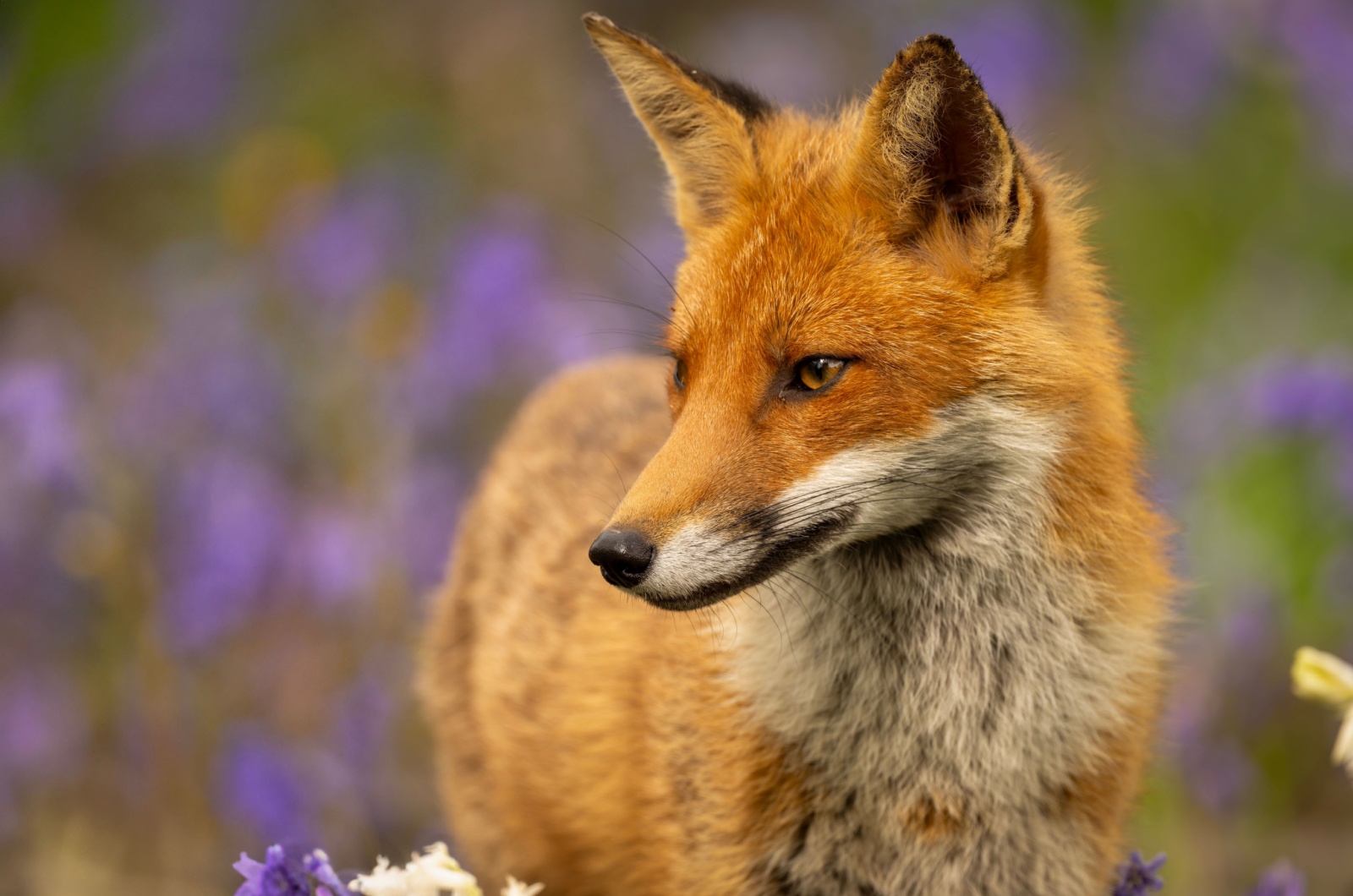
Source: Shutterstock
If you’ve ever caught a fox darting through the shadows, you’ve witnessed their incredible ability to see in the dark.
Foxes have specialized retinas and a layer in their eyes called the tapetum lucidum, which reflects light, giving them enhanced night vision.
This allows them to hunt efficiently in low light, spotting prey that would otherwise be hidden in the darkness. Whether they’re stalking a mouse in the moonlight or navigating a dense forest, foxes are perfectly equipped to own the night.
11. Nightjars
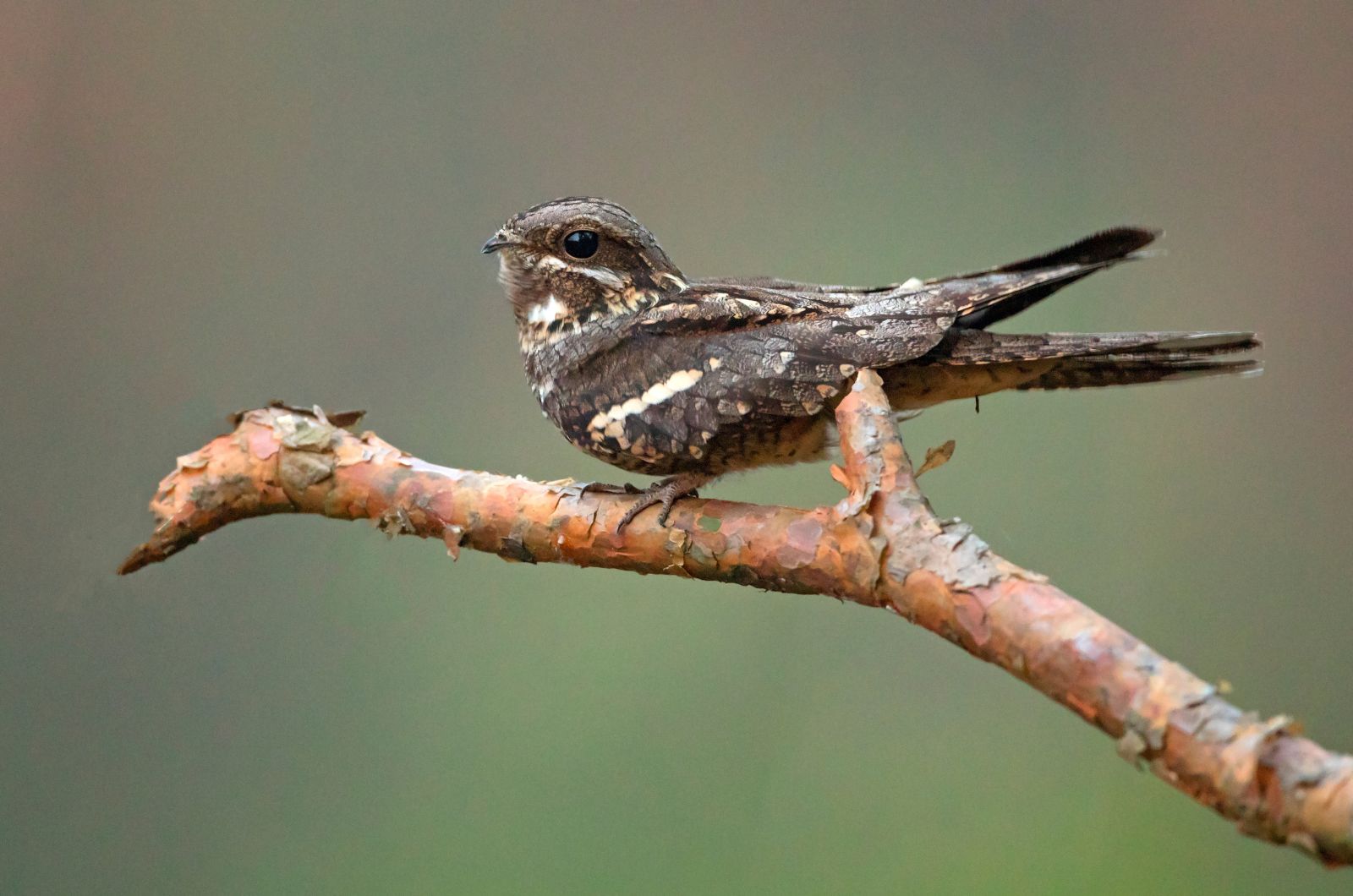
Nightjars are nocturnal birds with exceptional night vision, perfectly adapted for life after dark. With large, specialized eyes, they can see well in low light, allowing them to hunt insects during the night.
Their muted plumage helps them blend into their surroundings, making them elusive and highly skilled at navigating in the darkness.
Nightjars rely on their sharp vision and quiet flight to thrive in the cover of night.
12. Deer
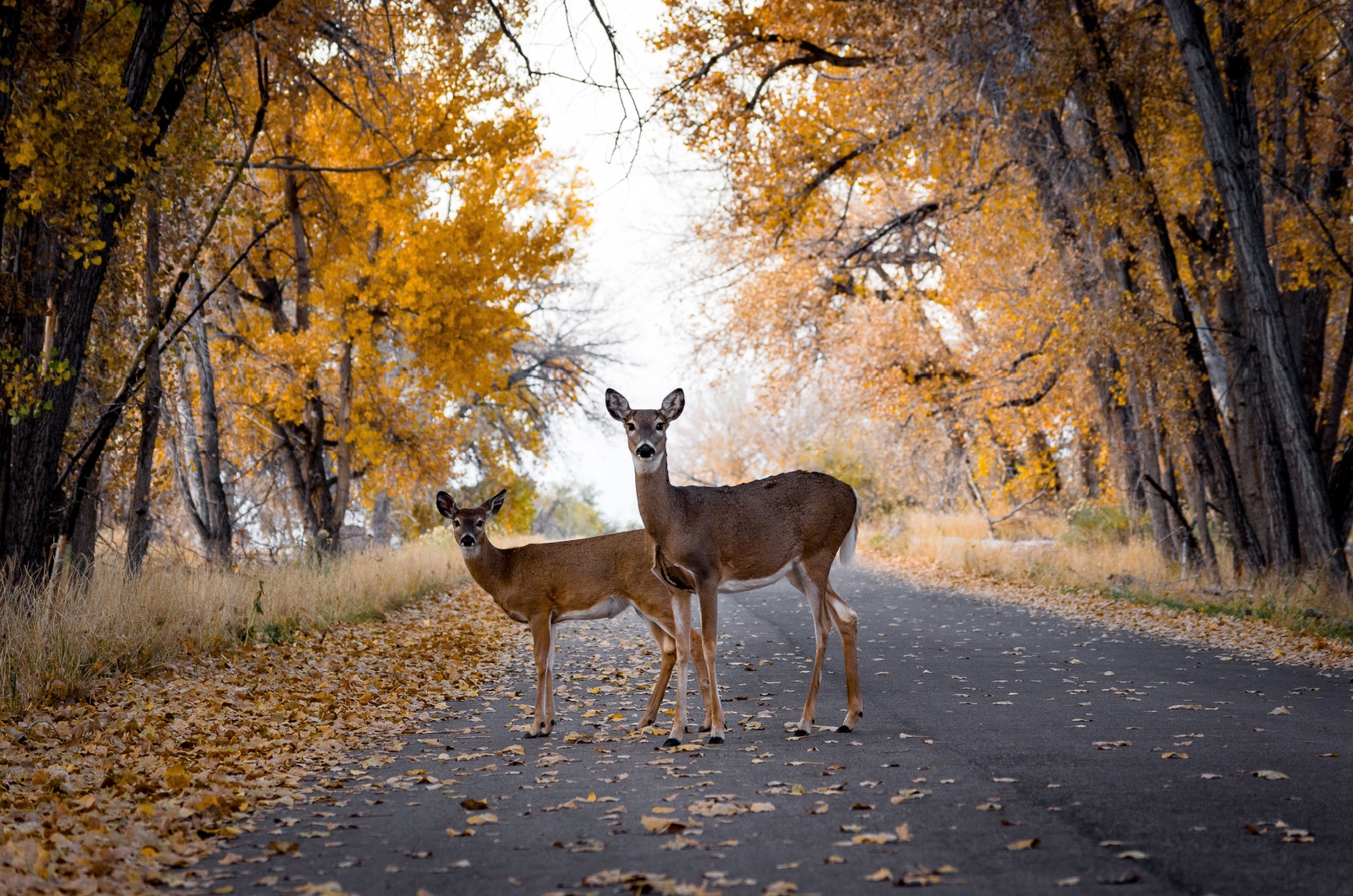
Source: Shutterstock
Deer are nocturnal navigators with eyes built for low-light environments. Their large eyes and reflective tapetum lucidum layer amplify available light, giving them excellent night vision.
This adaptation helps them detect predators and forage safely under the cover of darkness. Whether grazing in moonlit meadows or darting through shadowy woods, deer rely on their superior eyesight to survive.
Their ability to see in the dark ensures they remain vigilant and elusive, even when the sun goes down.
13. Golden Eagle
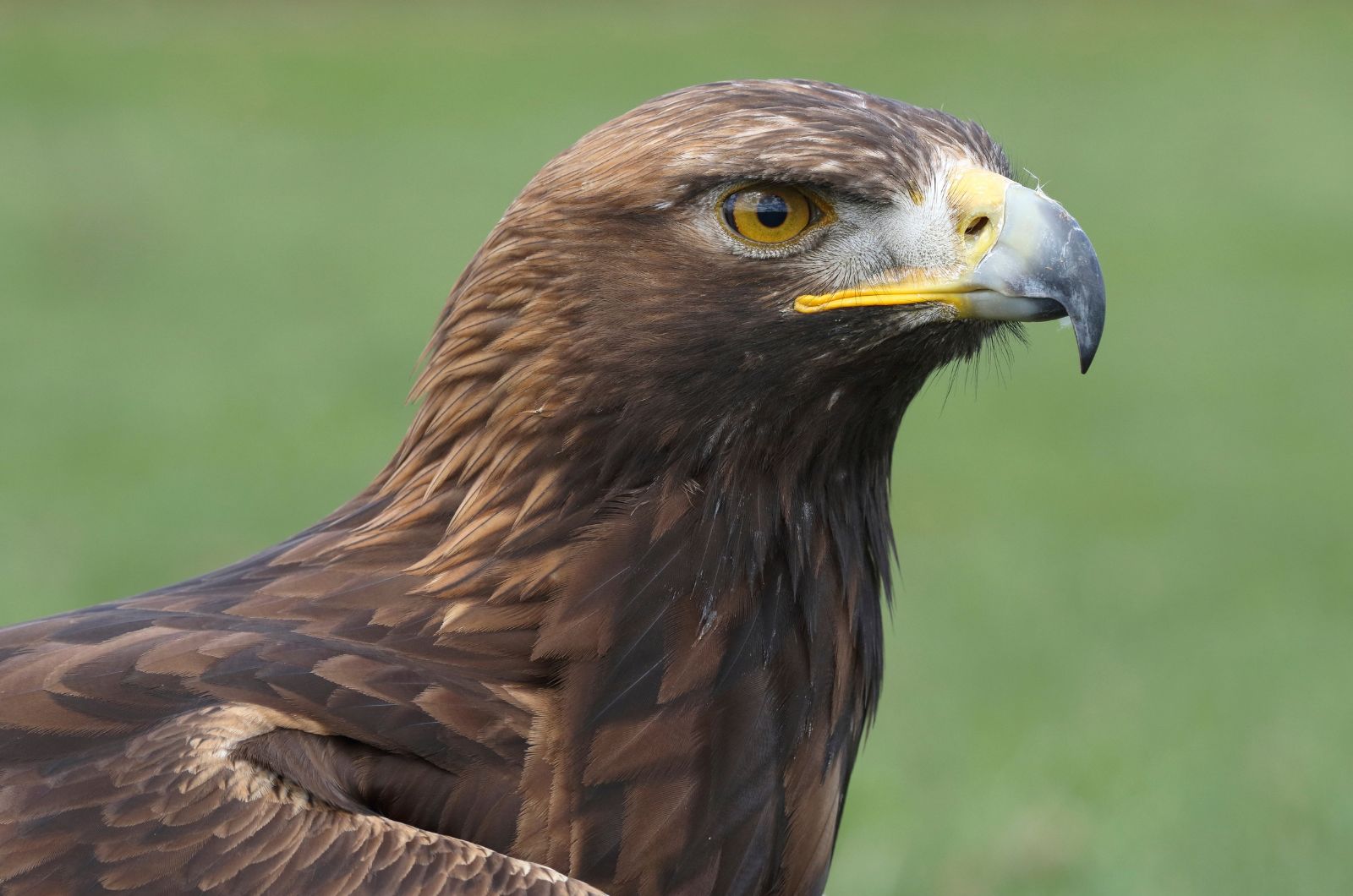
Golden eagles are known for their extraordinary eyesight, capable of spotting prey from miles away.
While they don’t have true night vision, their keen ability to see in low-light conditions, such as at dawn or dusk, makes them exceptional hunters.
Their sharp vision allows them to track movements even in dim light, helping them thrive in various environments.
These birds of prey are perfectly adapted to hunt during the twilight hours when many other creatures are still active.

